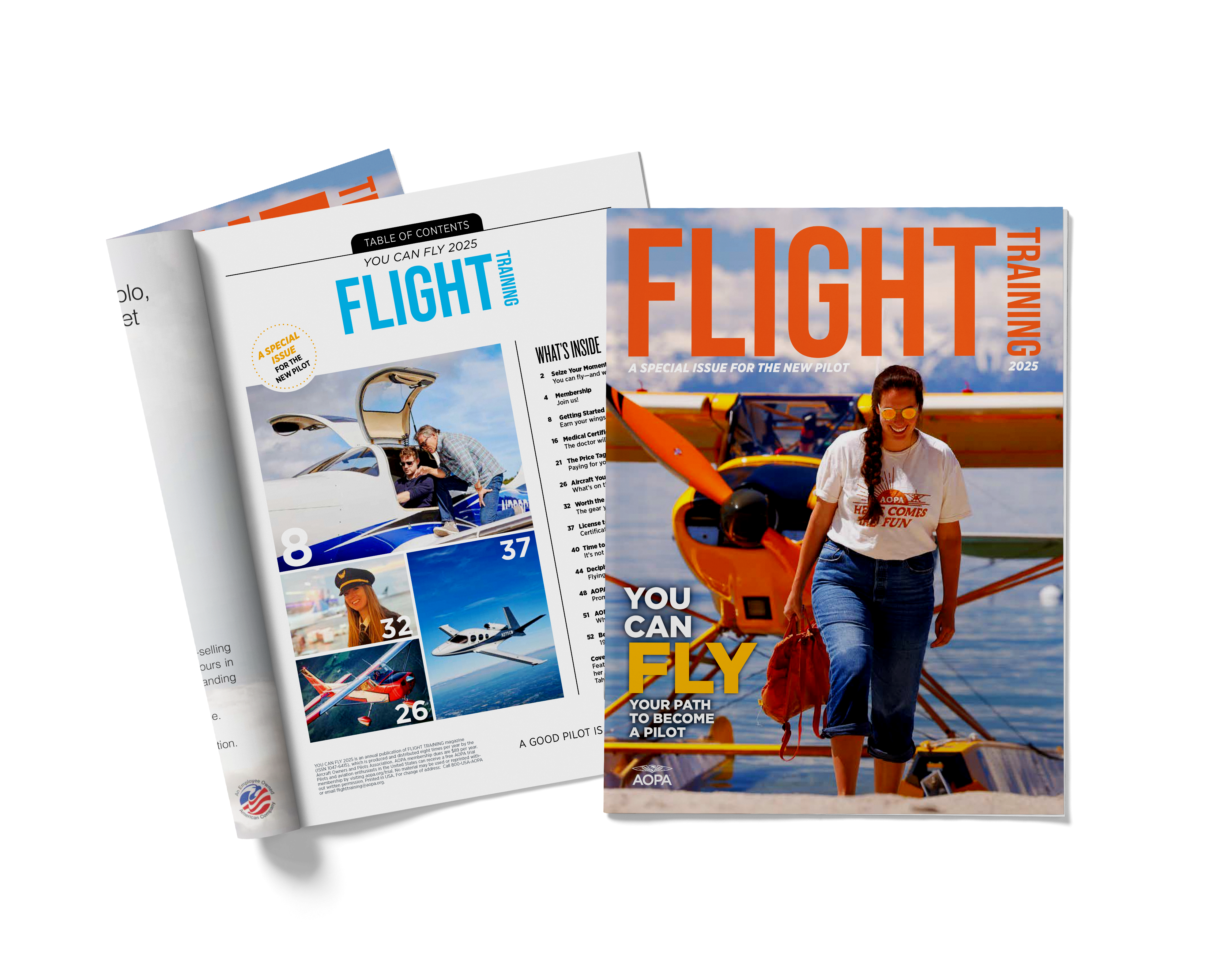Autopilot mishap kills two
(CEN09FA267)
By David Jack Kenny
Recommended procedures for some of the new glass-panel airplanes place such heavy reliance on the autopilot, especially on instrument flights, that the manufacturers’ official training programs call for using it just about every second that the airplane is operated in actual IMC. This is presented as a safety improvement, but of course it carries risks of its own.
The FAA’s human-factors expert recently concluded that constant autopilot use tends to erode hand-flying skills. As AOPA Foundation President Bruce Landsberg pointed out, this comes as no great surprise. Less widely appreciated, perhaps, is that the need for proficiency can only be transferred, not eliminated. If you’re counting on the autopilot to handle the flight from wheels up to short final, you’d better be certain you know how to tell it exactly what it’s supposed to do. With the increasingly complicated interface between multi-mode three-axis autopilots and electronic panels that integrate attitude, performance, and navigation data in more ways than pilots have fingers, that isn’t always easy.
On the afternoon of April 28, 2009, a Cirrus SR22 took off into a 200-foot overcast from Cleveland’s Cuyahoga County Airport. It crashed four and a half minutes later, killing both on board. The pilot acknowledged the tower controller’s hand-off, but never made contact with departure control.
The Cirrus was cleared to take off from Runway 6 with instructions to fly runway heading and climb to 3,000 feet msl. Data recovered from its avionics suite showed that it began turning right almost immediately. The right turn continued through about 540 degrees—one and a half complete revolutions—before the airplane finally rolled out on a southerly heading. It then climbed from 1,200 feet msl to 2,700 feet msl in 17 seconds as its airspeed decayed to 50 knots before it fell back to 1,600 feet msl, reversing heading yet again.
During the next two minutes, it climbed and dropped two more times, reaching a peak altitude of 3,200 feet msl. Pitch angle ranged from 50-degrees nose up to 60-degrees nose down and airspeed varied between 50 knots and 172 kt. Bank angles reached 75 degrees. The final data point showed the airplane pitched 30 degrees nose down and partially inverted, banked 120 degrees over the right wing.
The data logger also recorded that the autopilot was engaged about five seconds after takeoff at an altitude of 940 feet msl, just 61 feet above field elevation. However, instead of altitude preselect mode (already programmed for 3,000 feet with an 850 fpm rate of climb), it was set for altitude hold. This automatically set the altitude bug to 940 feet msl, which the autopilot attempted to recapture as the airplane climbed. The series of inputs recorded during the subsequent oscillations led the NTSB to conclude that “the pilot never adequately regained control of the airplane” while attempting to reset the altitude and heading bugs.
Of course, he had alternatives. The most obvious would have been to disconnect the autopilot and hand-fly the climb. Once he had leveled off at a safe altitude, ATC could have provided vectors if he needed time to sort out the box. And at least three times after control of the airplane had been compromised, it reached altitudes that would have allowed successful deployment of the ballistic parachute. In the confusion of that brief, chaotic flight, however, he didn’t do either one.
He was not a novice instrument pilot, but he was fairly new to the Cirrus. When he had taken delivery of it six months earlier, he had claimed 400 hours of instrument time, unusually high for a 1,300-hour pilot. Almost 80 percent of his flight time was multiengine, and he had previously owned a Beech Duke, so he knew how fast things can happen in high-performance aircraft, but he may have been a little rusty. He had only taken the VFR phase of Cirrus transition training; his registration cited 20 hours of flight time in the preceding year, four of them by instruments. He was probably also new to glass: The Duke was a 1969 model, so it seems likely that most of his instrument time had been flown behind conventional gauges.
Events earlier that same day had offered a strong hint that he wasn’t quite keeping up with the airplane. The pilot and his passenger had arrived about three hours before the accident in weather close to minimums. They had flown the ILS to Runway 24—but only after missing three coupled approaches in which the autopilot captured the localizer but was apparently never armed to track the glideslope. That might have been enough to justify a decision that he had flown enough for one day—and that he needed a little more practice before his next launch into low weather.
Related Links
Single-Pilot IFR online course
"Bold Steps" Safety Pilot
Do the Right Thing: Decision Making for Pilots online course
You Can Fly !

This beginning pilots' resource guide explains what you can expect from your introductory flight through initial training— and how to turn your dream of flying into reality. Simply enter your name and email address.

